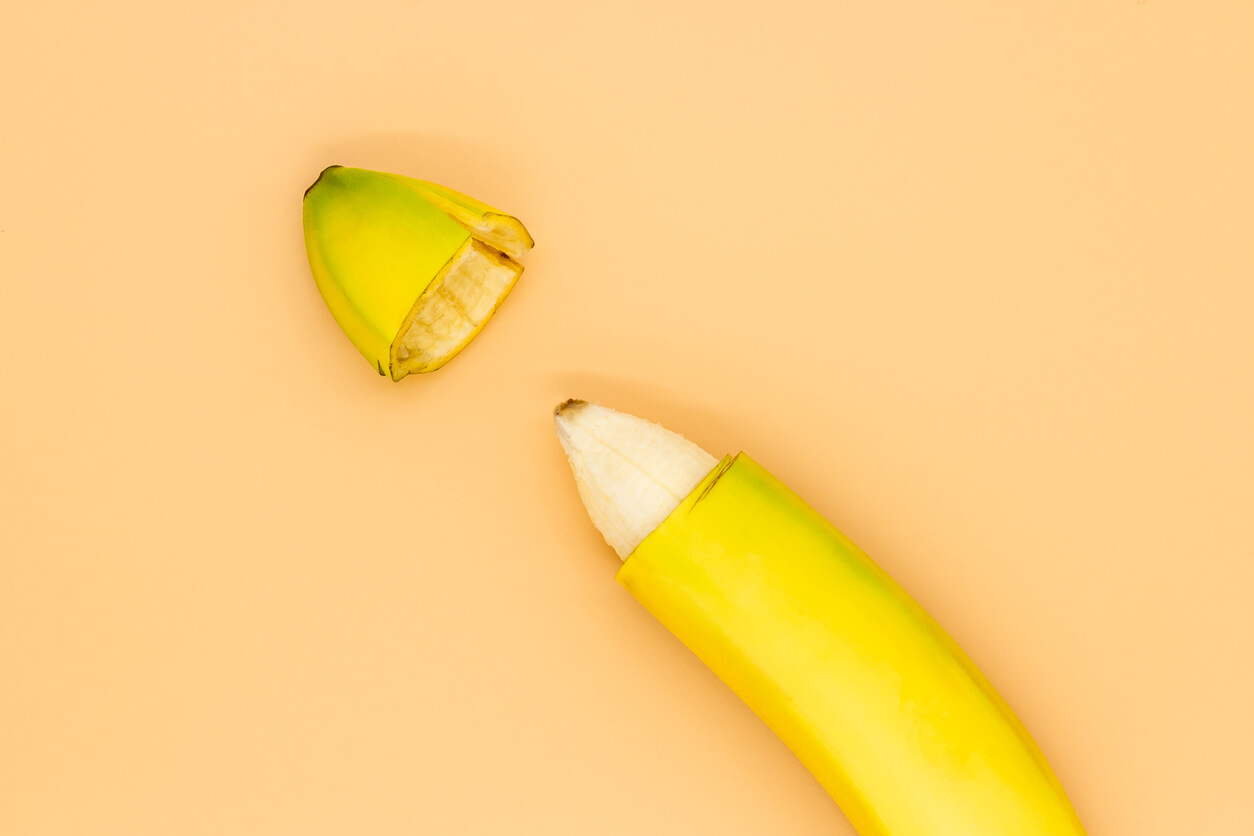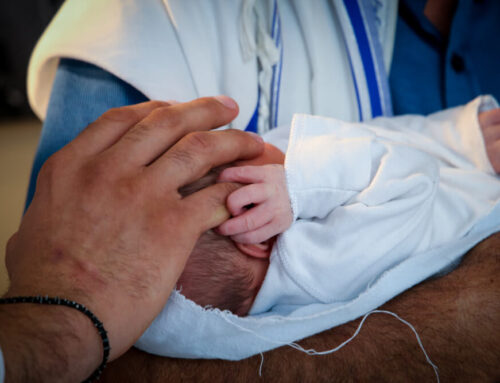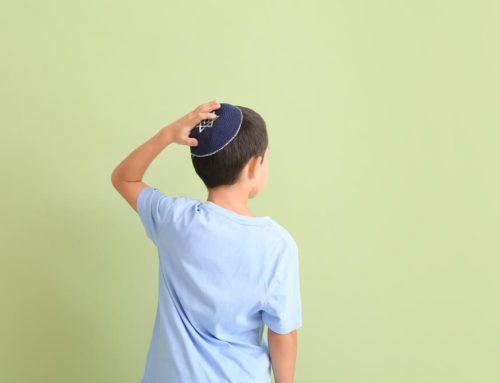Every young boy is born with a layer of skin covering the head of their penis, known as the foreskin. However, some parents choose to have this surgically removed after their child has been born in a process known as infant circumcision. After we remove the foreskin, we then place a protective bandage around the wound until it heals.
While most healthy babies can be circumcised on the eighth day of their birth, this is not the case for everyone. So, before your child undergoes the infant circumcision process, we will thoroughly examine them. In some cases, we may feel that the child is not immediately ready for medical circumcision, so we will likely suggest that they wait before they have their foreskin removed.
What are the Different Types of Circumcision?
If we are sure that your child is ready for circumcision, we will begin to consider which of the different types of circumcision they should undergo. While the result would be the same, the various circumcision techniques each have their different benefits and drawbacks, and we will make the best decision for your child.
While we will be considering several factors before selecting which of the different types of circumcision will be best for your child, we will always choose between one of the three main circumcision techniques.

The Mogen Clamp
The Mogen Clamp is the preferred method for Jewish Religious Circumcisions, and for many physicians. It is the favored method by newborn nursery nurses as well as it is the quickest, causes the least amount of discomfort, and gives an excellent aesthetic result.
This is a quick and simple alternative to the Gomco and Plastibell circumcision techniques. During this procedure, we free the foreskin from the head of the penis by making use of a probe. This opening allows us to pull out the foreskin beyond the head of the penis and insert it into the clamp. Once the doctor fixes the foreskin to the clamp, we then excise it with a scalpel.
As with all circumcisions, following the procedure, your child is observed for occasional bleeding. Other methods somewhat less favorable over the Mogen Clamp, include the following.
The Plastibell Technique
This is one of the most popular types of circumcision that is carried out. We will place your child on a flat surface during this process and provide a painkiller that will help keep them calm. Once they are in this state, we will then insert a plastic ring underneath their foreskin before securing it with a suture. The ring ensures that all blood flow to that area is cut off. However, if there is any extra foreskin, we may also use a scalpel to cut it off.
Once the doctor securely attaches the ring, you should expect it to stay on your child’s penis for about 6 to 12 days. During this period, you may notice the foreskin darkening, but this is entirely natural. Soon after, the ring and the foreskin should fall off on their own.
With the Plastibell, the results are not immediately seen, having to wait 6-12 days for the ring to fall off.
The Gomco Clamp
During this infant circumcision procedure, we use an efficient piece of equipment known as a probe. The probe separates the foreskin layer from the head of the penis. Once we are sure that this has been successful, we will then fit a bell-shaped medical device above the head of the penis but underneath the foreskin.
Once we are certain that this part of the procedure has been successful, we will wrap a clamp to help reduce blood flow to that area. This will help to minimize any bleeding while we remove the foreskin with a scalpel. This technique takes longer than Mogen.
What Happens after the Circumcision Procedure?
Although there are several types of circumcision, taking care of your child after an infant circumcision generally follows the same steps. However, specific circumcision techniques may require you to follow certain steps.
In the case of the Gomco and Mogen technique, there will be a wound after the procedure due to the cutting. In this case, we will have to apply a thin layer of petroleum jelly and wrap your child’s penis in gauze to prevent it from sticking to their diaper. However, the Plastibell medical circumcision technique is not likely to produce any wounds, so that no dressing will be required.
If we have applied a dressing, you will have to change this whenever you change your child’s diaper. We suggest that you continue to do this for the first two days after your child’s circumcision procedure. We also recommend that you keep using petroleum jelly for at least five days to help reduce any discomfort.
Although every circumcision procedure that we use ensures that bleeding is kept to a minimum amount, you may notice a little bit of blood on the edge of the incision or your child’s diaper when it is time to take their dressing off. Minimal bleeding is entirely normal and should stop on its own after a few days.
You may also notice your child showing signs of pain when bathing them around their genitals. This is because the circumcision procedure makes them feel sore in that area for a few days. So, we suggest that you remain gentle while bathing them and use only warm, clean water.
How Long Does It Take for Medical Circumcision to Heal?
Some children will improve quicker than others. However, most newborns would have completely healed within 12 days of the procedure. Post-operation, keep an eye out for the following reactions in their diapers or on the tip of their penis:
- Increased swelling or redness around the tip of their penis. (This is a normal part of healing in the first 4-5 days and gradually resolves by day 12.)
- A high fever
- Bleeding that covers more than a quarter of their diaper
- Any signs of infection
- No urinating within 12 hours of the circumcision
If you notice any of this on your child, please make sure that you call us immediately.
Does Circumcision Have any Advantages?

Circumcision is one of the safest medical procedures that we carry out and can be highly beneficial to your child. For example, studies have shown that children who are circumcised are less likely to contract a urinary tract infection in their first year of life.
Circumcised penises are also much easier to clean as a child and as an adult preventing some infections from forming. Additional studies have shown that circumcised men are less likely to develop cancer of the penis or STDs from a female sex partner.
We hope this article has taught you something new. If so, please share the link with others using your favorite platform. If you are still curious about the process and would like to learn more about circumcision, we invite you to leave us an email or call us on any of our phone lines. Our doctors have extensive experience performing this operation and will be delighted to answer any questions you may have.
Works Cited
Harris, N. (2020, June 22). Plastibell Circumcision: The Procedure, Side Effects, and Aftercare | Parents. Retrieved from Parents: https://www.parents.com/baby/care/plastibell-circumcision-the-procedure-side-effects-and-aftercare/
Hirsch, L. (2016, June). Surgeries and Procedures: Circumcision (for Parents) – Nemours KidsHealth. Retrieved from KidsHealth: https://kidshealth.org/en/parents/circumcision.html
Reynolds, R. (1996). Use of the Mogen clamp for neonatal circumcision – PubMed (nih.gov). Am Fam Physician, 177-182. Retrieved from Pubmed: https://pubmed.ncbi.nlm.nih.gov/8677833/







